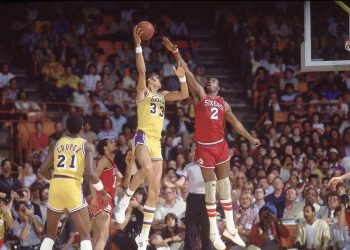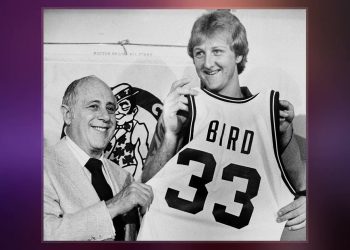There’s a buzz of excitement every time a basketball hits the court, especially in the stunningly competitive realm of the NBA. Embedded within the fast-paced nature of the game is a crucial element – the length of NBA quarters. This isn’t just a trivial fact; it’s a detail that shapes strategies, influences outcomes, and keeps the thrilling tempo of the game alive. You know what makes the NBA quarters unique compared to other basketball leagues? Best strap in as we unravel this and other fascinating insights.
The Fundamental Breakdown
The NBA, short for the National Basketball Association, beautifully organizes its games into quarters that each last precisely 12 minutes. This structure creates a full game lasting a clean 48 minutes, not including stoppages—far removed from the entire event duration. Now, why exactly 12 minutes? It’s a sweet spot that balances player endurance and viewer engagement, unlike college basketball which utilizes 20-minute halves. This distinction isn’t just a time division; it’s a core component of how dynamic and fierce the professional sport remains.
Quarter Comparisons: NBA and Beyond
One might wonder, why not stick to four quarters of 10 minutes each, like FIBA international games, or the college model of two long halves? The NBA’s choice of 12-minute quarters was meticulously crafted to enhance the entertainment factor. More time per quarter means more highlights, more strategic plays, and frankly, more chances for those buzzer-beater, heart-stopping moments we love.
Interesting Fact: The NBA was founded in 1946 and started its life with 12-minute quarters even then. It became a standard even as the league’s popularity exploded!
The Impact on Game Strategy
Those 12 minutes per quarter set the rhythm for how teams manage their gameplay. Coaches are tasked with rotation management to keep key players fresh across the four quarters. It influences timeouts, bench substitutions, and even pacing—altogether contributing to the game’s exciting unpredictability.
Coaching Tip: A savvy coach knows to balance aggression with rest, keeping energy reserves for a big final quarter push.
Timeouts and Their Role
Time management is a term well known in boardrooms but just as critical here. Each team is allowed seven timeouts per game, apart from regular stoppages, like halftime or quarter breaks. These pauses are strategic opportunities to regroup, adjust plays, and catch a breath.
Players’ Perspective
For players, 12-minute quarters mean they need to be at peak fitness. The finesse required to maintain performance and energy over this segment is a testament to their dedication and training. Here, the conditioning programs are nothing short of rigorous.
Did You Know? The average NBA player runs about 2-3 miles per game, keeping them in top-close athletic shape!
Viewer Experience
Fans thrive on the high-voltage excitement characteristic of NBA games, and longer quarters contribute to this by providing more of the action they crave. More minutes equate to more opportunities for magical plays that fill highlight reels.
Fact: An NBA game will often take over two hours to watch, with breaks and timeouts making for an engaging spectacle overall.
FAQs About NBA Quarters
How long is an NBA quarter? Each quarter lasts 12 minutes, leading to a 48-minute full game duration without stops.
Why does the NBA use 12-minute quarters? It’s designed to optimize viewer enjoyment and maintain demanding yet feasible player energy levels.
How do quarters affect gameplay? They dictate coaching strategies, player rotations, and game time management.
| League | Game Format | Total Duration (min) |
|---|---|---|
| NBA | Four 12-minute quarters | 48 |
| FIBA | Four 10-minute quarters | 40 |
| College (NCAA) | Two 20-minute halves | 40 |
Conclusion
Understanding the length of NBA quarters lets you appreciate the nuances of the sport just a little more. These 12-minute stretches form the backbone of what makes NBA basketball so exhilarating. The rhythm, strategy, and excitement of the game are all finely tuned to these quarters. Next time you sit courtside or on your couch, you’ll know exactly why the clock ticks the way it does.

Thank you for reading! Be sure to check out our other basketball articles for more intriguing insights into the game you love. Whether you’re a newcomer to the sport or a veteran fan, there’s always more to discover in the world of NBA basketball.











